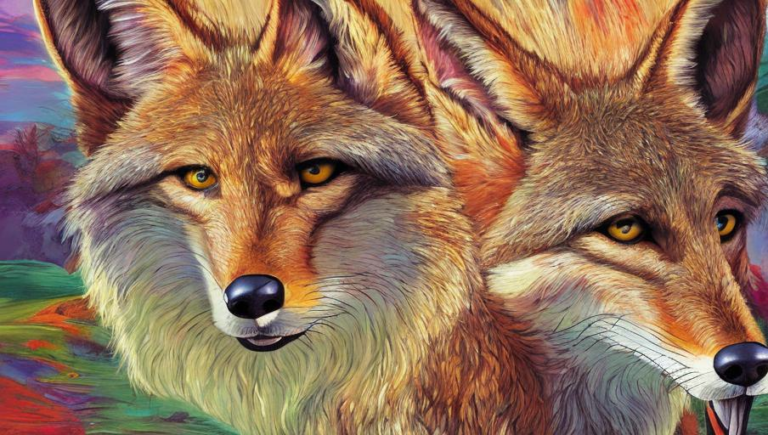Grazing the Open Skies- Eagle Migration

Introduction
The majestic eagle, a symbol of freedom and strength, is a sight to behold. Eagles are powerful birds, soaring through the sky and catching prey with their razor-sharp talons. Every year, eagles migrate to different habitats across the world, a journey that is both remarkable and essential for the survival of the species.
Migration Patterns
Eagles are migratory birds, meaning they move from one place to another in search of food and better habitats. In the United States, most eagles migrate to the Pacific Northwest, where they are able to find an abundance of food sources. They also migrate to the Rocky Mountains and the Great Plains. Other eagles migrate to Canada, Alaska, and Hawaii.
Migration Routes
Eagles typically migrate along the same route each year, although they may take different routes depending on the weather and food availability. In the United States, the most common migration route is along the Mississippi River Valley, which stretches from the Gulf of Mexico to the Great Lakes. Other common migration routes are along the Atlantic and Pacific coasts, as well as the Rocky Mountains.
Adapting to the Environment
Eagles are highly adaptable birds and can adjust their behavior to suit their environment. They are able to learn new hunting techniques, as well as new migratory routes, in order to survive in different climates. They are also able to recognize and remember different food sources, which helps them find food in different habitats.
Threats to Eagles
Unfortunately, eagles are facing a number of threats, such as habitat loss and the use of pesticides, which can be toxic to the birds. Additionally, they are threatened by human activities, such as hunting and fishing, which can reduce their food sources. Climate change is also a major threat to eagles, as it can affect their migration patterns and the availability of food.
Conservation Efforts
Fortunately, there are a number of conservation efforts that are helping to protect eagles. These efforts include protected areas, such as national parks and wildlife refuges, and education programs that teach people about the importance of conservation. Additionally, some organizations are working to restore habitats and reintroduce eagles into their native areas. With these efforts, conservationists hope to ensure that eagles continue to grace the skies for generations to come.
Conclusion
Eagles are magnificent birds, and their annual migration is a remarkable phenomenon. By understanding the threats they face and taking part in conservation efforts, we can ensure that they are able to continue to soar through the skies for years to come.





